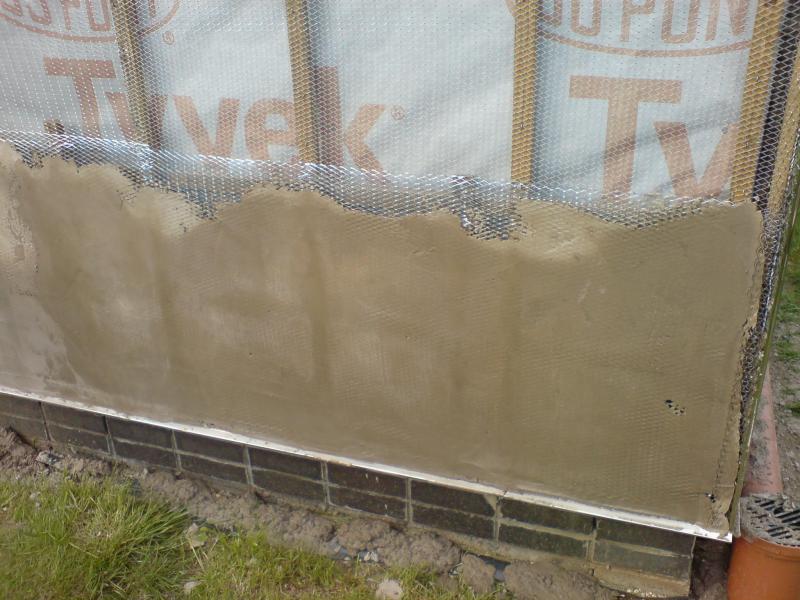That second quote is nothing to do with cutting costs - STAINLESS MESH IS NOT REQUIRED. Why on gods green earth would I spend over a thousand pounds for something that I JUST DONT NEED??????
I wouldn't go as far as saying that! Stainless steel is required if you want to be sure it will never rust, but on your job you are making a cost/benefit analysis. We all do it, or should do it.
You decided that the risk of your galvanised eml rusting or reacting is outweighed by the cost saving. ie cost of s/s vs benefit of not rusting has made you decide to go for galvanised.
Hopefully the NHBC person will put your mind at rest over what to do.
Going by the book, they will say s/s but it's not their wallet.
Don't get too annoyed at people who get a liitle frustrated here - it would be worse if they didn't give a t0ss. They do things the right way themselves and expect others to be the same.
Some of us have learned from making mistakes, and want to stop others making the same ones - that is how a trade is built up over generations and the lack of which means it is being destroyed now.
As a general comment, it's also frustrating to see people charging punters for work when they don't know what to do, and this is very irksome for people who do it for a living, as they are ruining the trade, and cutting prices without giving value for money.


